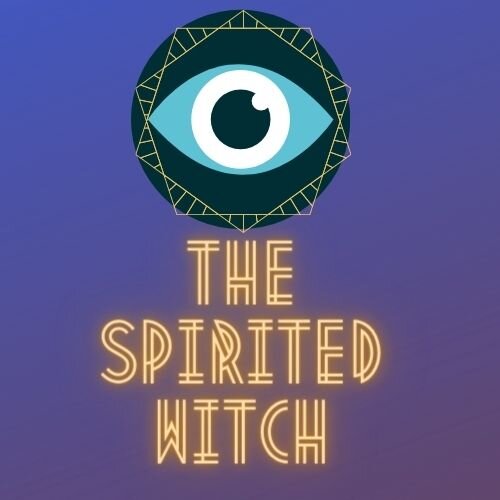Shadow Work in Witchcraft Won’t Stop the Pain
Here are the highlights for our TL;CR crowd
Shadow work is originally a concept in Jungian psychology. It involves examining and treating trauma, which should only be done by trained mental health professionals.
Shadow work crossed over into witchcraft because of a book by Timothy Roderick titled Dark Moon Mysteries.
In witchcraft, shadow work begins with recognizing what’s “bad” and understanding the motivations for those ostensibly “bad” behaviors and traits. Self-acceptance is the first target, and often it doesn’t go further than that.
A lot of people, conflating witchcraft shadow work with Jungian shadow work, will look for ways to avoid feeling bad. This is spiritual bypassing, and it is unhealthy. Both types of shadow work will have unpleasant aspects and often, the real work sucks.
In witchcraft, shadow work is about understanding personal motivations, including ones that get buried in order to look like a “good” person. It also involves deconstructing what society deems “good” and “bad” and categorizing it into “healthy” and “unhealthy.”
People that genuinely commit to either type of shadow work aren’t looking to be more popular or socially acceptable. The work tends to do much the opposite. The practices are intended to create freedom, not spiritual perfection or clout.
Yes, I do offer shadow work sessions - as spiritual support in a witchcraft context only. Book a 1 Hr or longer tarot/divination session and ask for shadow work support in the notes.
Shadow work as a practice in witchcraft is popping up in trends and TikTok dialogue again. For those unfamiliar, shadow work is, at its core, a practice of Jungian psychology. In a psychological context, people examine their behaviors and see how their beliefs and attitudes connect to past traumas. The work should only be done with the guidance of a licensed mental health professional. Why? Because the human brain is tricky, and no matter how much we know about how our psyches work, we collectively know far less than we think we do.
Shadow work came into the witchcraft community through this book by Timothy Roderick around 2005:
For whatever reason, the concept floated around for about ten years and then expanded dramatically when Tumblr witches moved over to Instagram. Because of its memeification, a lot of important nuance about what it is in psychology - and in witchcraft - has been misconstrued.
In witchcraft-centered shadow work, the work is often more about disentangling from old religious bugaboos, and mainstream knowledge that isn’t wisdom. For example, some people who struggle financially eventually have to acknowledge that they limit the results of their money spells because they think if they somehow get rich, they’ll immediately become a horrible person. Until they address that underlying incorrect belief, they’ll keep slamming into the wall of limited results.
While figuring out the belief is there comes up in shadow work, the actual introspection, behavior change, and admission that you were wrong still has to happen. Knowledge alone won’t produce the healing. One thing not mentioned when shadow work is bandied around as though it’s eating vegetables and not a slog: real shadow work sucks. It’s often painful. You cry a lot. It does bring up trauma - and if there’s a link between the false belief and trauma, that person needs mental health support, not witchcraft.
I do sometimes teach shadow work classes. When I do, they’re framed as exercises in self-awareness. Often they’re designed to help my students recognize where mainstream culture is holding them back from success. Getting to the point of recognition that you can’t and shouldn’t please everyone is a major inner turning point for practicing witchcraft (or any authentic spirituality.) The path to that separation - and re-embracement of self - is never pretty.
Want to talk to me about witchcraft-only shadow work? Book me.

